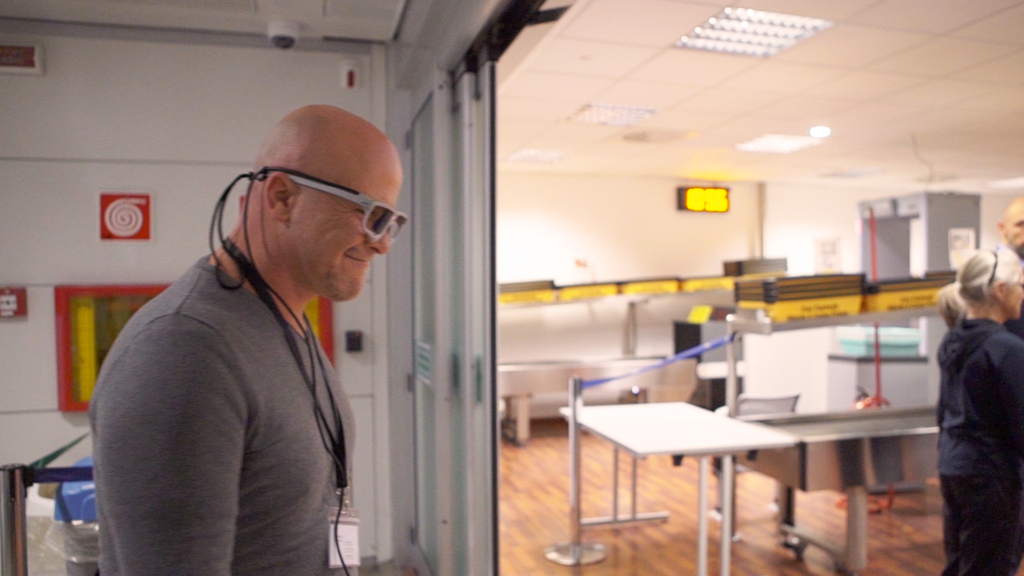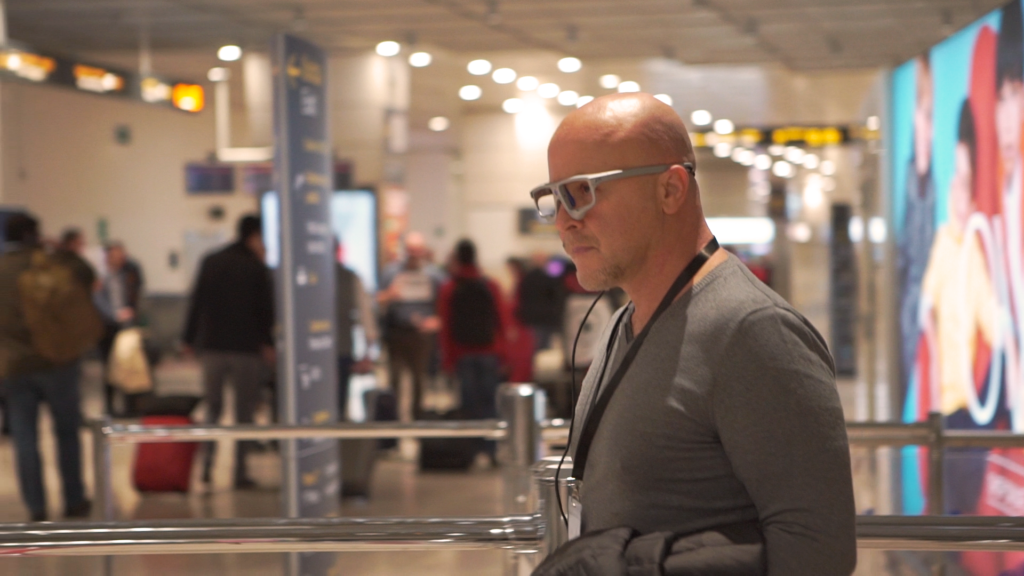The airport is an environment packed with information and stimuli that are heaped upon travellers. People passing through these areas before boarding a flight often end up in a state of fatigue and stress, caused by the cognitive overload they have inevitably experienced.
SAVE, an integrated services management company for the Venice-Treviso-Verona-Brescia airport system, has commissioned TSW to study the experiences of travellers at Venice Marco Polo airport.
And the purpose of the investigation? To try and minimise passengers’ stress levels and improve their experience in airport areas as much as possible.

The first Italian study of psychophysiological experience at Venice Marco Polo Airport
Established in 1987, SAVE has always been keenly attuned to experimentation and innovation in the field of airport services. This Venice-based company not only contributes significantly to the economic and social development of its home territory, but also focuses closely on creating added value and supporting the well-being of travellers passing through the airports it operates.
That is why SAVE has commissioned TSW to study the experiences of passengers at Venice Marco Polo airport, engaging them in the actual design process for the renovation of airport information ecosystems.
The project is an important milestone in the Italian market: the Venice airport project will be the first time in this country that a study has been carried out by placing travellers at the centre of the airport experience design process, through the use of psychophysiological surveys. It is a venture that will benefit the 12 million-plus people who each year use Marco Polo Airport, one of Italy’s chief airports.

The TSW real-environment study: measuring passenger stress
The analysis of traveller experience at Venice Marco Polo Airport was conducted using a qualitative-quantitative method divided into two distinct steps: a qualitative analysis that was carried out through in-depth interviews with passengers, and a quantitative analysis carried out through the use of psychophysiological survey tools such as eye tracking glasses and stress bracelets.
These are the two essential elements for understanding all aspects of the airport experience: the qualitative research allowed us to listen to people’s needs and discover the reasons for their choices. Then, with the help of the quantitative analysis, we were able to measure people’s psychophysiological responses and collect objective data (eye movements, nervous system activity levels) that allow the results to be applied to all users of the airport.
The tests carried out at Marco Polo Airport focused on the study of behavioural data emerging from passengers’ interaction with existing analogue and digital interfaces in the airport areas. All stages of the airport visit were covered, from accessing the airport and going through security screening, right up to boarding the aircraft. During testing we focused on some key elements of the airport experience:
- Signage and information/orientation displays in the area before the security gates, which were assessed in terms of visibility and understandability. The aim here was to discover the inconveniences (pain points) that might occur within the experience, so as to allow later intervention and thereby optimise the routes and flows of travellers arriving at the airport in accordance with the various modes of access.
- Advertising: the perceptual salience and memorability of advertisements in the airport were analysed to improve understanding of how to optimise the use of existing advertising spaces
- Physiological stress: nervous system activity levels were observed in order to gain insights on how to simplify the airport flow.

Enhancing the airport experience together with the passengers
The information gathered allowed us to identify several points of intervention to achieve the ultimate goal of the survey: minimising passenger stress levels and improving the airport experience as a whole.
Discovering the real experiences of people and listening to their feedback on their expectations are the most important resources that we have if we really want to satisfy their needs.
Ask us for more